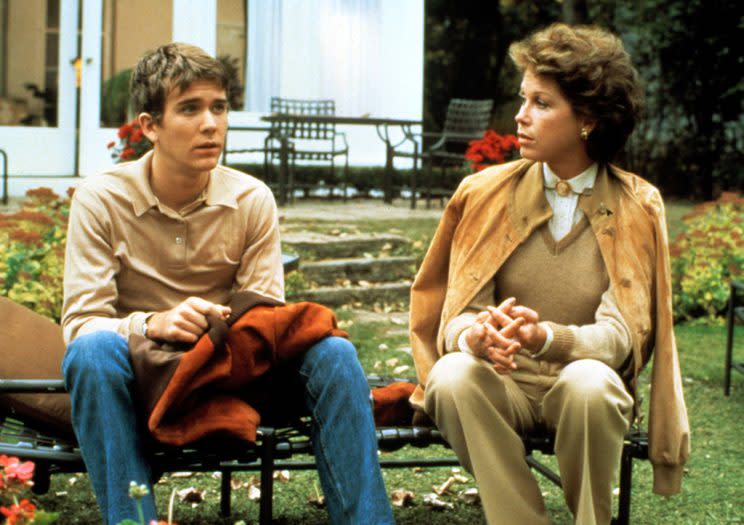Watch Mary Tyler Moore in Scenes From Her Two Greatest Movie Performances

Mary Tyler Moore — who died Wednesday at the age of 80 — was one of television’s greatest stars. An unforgettable comedic actress, Moore routinely stole the show as the wife of Dick Van Dyke’s variety-show writer character on The Dick Van Dyke Show (1961-1966). She rose to even greater fame courtesy of The Mary Tyler Moore Show (1970-1977), which provided her with the finest showcase of her career as the small screen’s first single career woman. While Moore is best remembered for her roles on TV, she also turned in some great work on the big screen over the years. While we’re remembering Moore’s legacy, we wanted to pay tribute to two of those performances.
Related: Mary Tyler Moore’s Most Memorable Roles
The first was in 1980’s Ordinary People, the Robert Redford-directed family drama that won the Academy Award for Best Picture. Moore plays Beth, a wealthy, rigid wife and mother wracked with grief and guilt over the accidental drowning of her adored older son and the subsequent suicide attempt of her younger one (Timothy Hutton). It’s a tour de force performance far removed from her sitcom persona, and it ultimately earned Moore her first and only Academy Award nomination. Just watch in the scene below opposite Donald Sutherland as she cracks into a rage with a ferocity and poignancy that’s bracing:
Ordinary People may have shown the world that Moore was more than capable of handling dramatic material, but her gifts were first and foremost in comedy. Writer-director David O. Russell found a pitch-perfect vehicle for her in 1996’s Flirting with Disaster. As Pearl, the adoptive mother of Mel (Ben Stiller), Moore is an absolute riot, embodying her neurotic, demanding Jewish mother role with obnoxious gusto. That’s never more true than in Moore’s — and, arguably, the film’s — signature scene, in which she chastises her daughter-in-law (Patricia Arquette) for not wearing a nursing bra by showing off her own well-preserved rack.
Together, these two roles helped cement Moore’s status as a multifaceted artist equally at home with being serious or silly. They’re masterful turns that make you laugh and cry — and indispensable highlights of Moore’s incomparable career.
